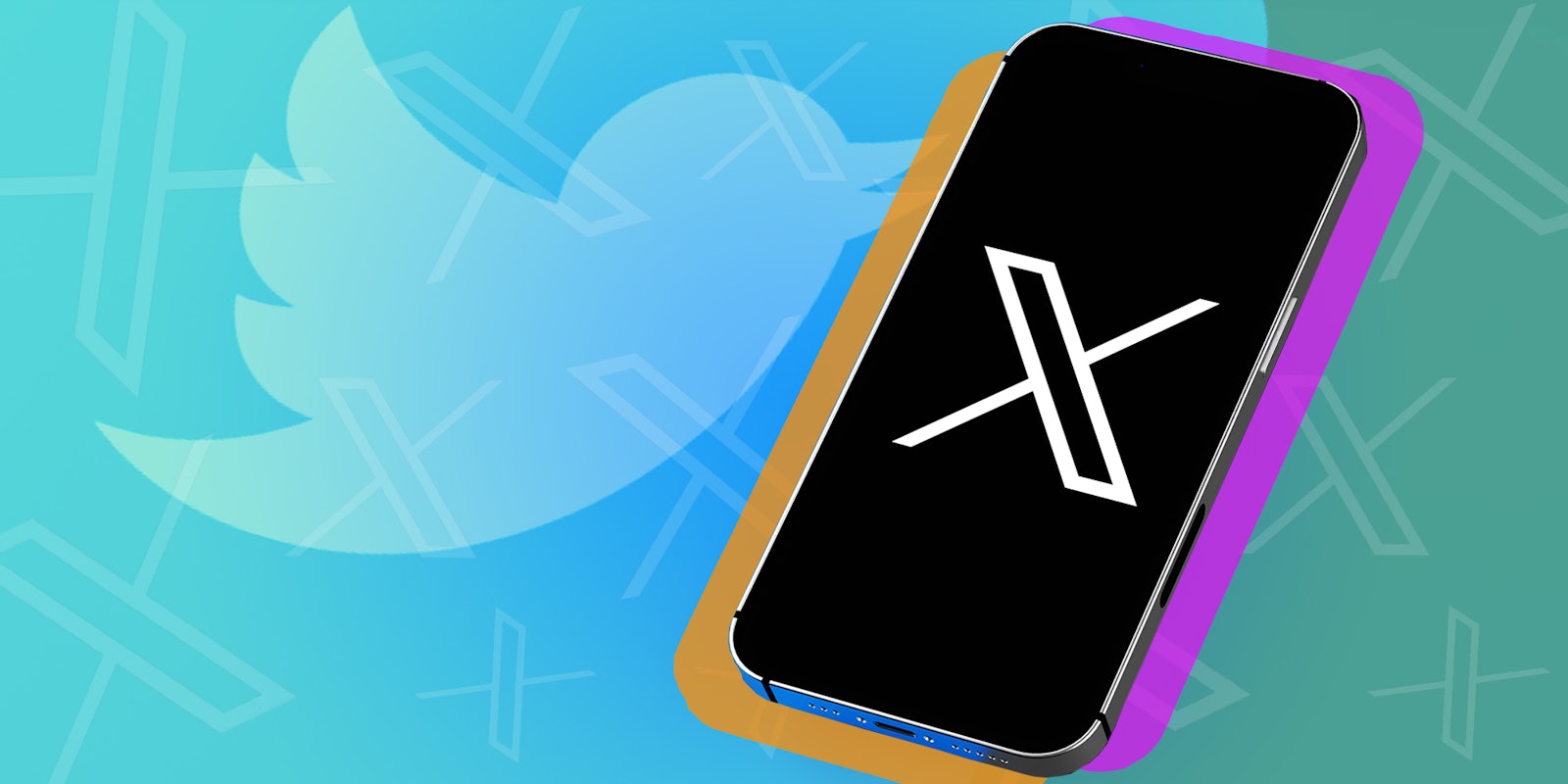Elon Musk has finally made good on his promise to rebrand Twitter as “X.” Like many of his decisions since buying the platform, this idea caters primarily to Musk’s own tastes and whims, rather than the efficacy of the app itself.
From a branding perspective, it’s a bizarre and self-sabotaging move. Twitter is an established, internationally recognizable name. It’s cited in untold numbers of books, broadcasts, TV shows and news articles. Every internet-literate person knows what a tweet is.
Needless to say, it will be hard to persuade regular people to refer to X as “X” instead of good ol’ Twitter. Plus, a single letter is difficult to google. These are just some of the many, many reasons why Twitter/X users are dunking on Musk’s new rebrand.
Some detractors also raised concerns about the logistics of changing Twitter’s domain to X.com. This URL still redirected some people to GoDaddy shortly after Musk’s announcement on Sunday. And since Twitter/X has become increasingly glitchy under Musk’s tenure, it’s not unreasonable to worry about the domain change causing unpredictable tech issues in future.
The new logo itself is facing criticism for being virtually indistinguishable from the commercial typeface Special Alphabets 4. This suggests the logo may not have gone through a very rigorous design process. It’s also harder to trademark than the very recognizable Twitter logo.
X, the ‘everything app’
This rebrand goes hand-in-hand with Musk’s mission to turn Twitter into a hub for audio, video, and banking—a much-criticized idea in itself. It also plays into his longtime obsession with the letter X, which influenced the naming decisions behind (among other things) SpaceX and his child X Æ A-12.
The original X.com was a banking platform in 1999. Others involved in the business did not appreciate Musk’s choice of name, and after ousting Musk in 2000, the new ownership rebranded it as PayPal. Musk purchased back the X.com domain in 2017. Then, after obtaining Twitter in 2022, he announced plans to transform the platform into “X, the everything app.”
Basically, he wants to control the English-language internet’s version of the Chinese app WeChat, which covers messaging, streaming, and financial transactions.
The problem is other U.S .tech giants have tried and failed to launch similar ideas already. Twitter is also a weird place to rebrand into a WeChat clone, because the platform already has a specific purpose and culture. The user base doesn’t want to use it for banking or videos. But like Twitter Blue subscriptions and rate limits, this rebrand is happening whether you like it or not.



